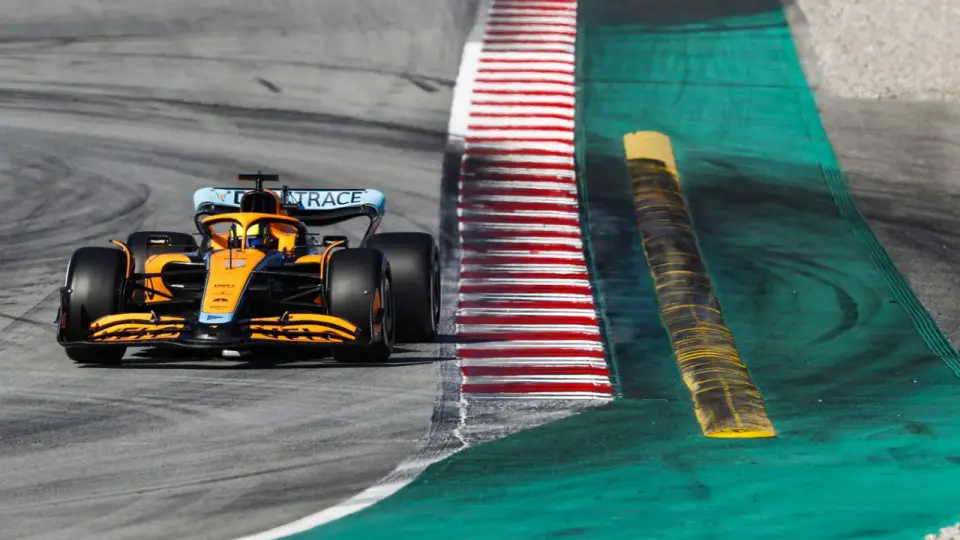Oscar Piastri Advocates for Health-First Regulations in F1 Amid Concerns Over Ground Effect Car Impact
In a recent statement, McLaren driver Oscar Piastri expressed concerns about the impact of ground effect Formula 1 cars on driver health, calling for a re-evaluation of racing priorities. His comments highlight the need for regulations that balance high-speed racing with the physical well-being of drivers.
Key Takeaways:
- Raising Health Concerns: McLaren driver Oscar Piastri emphasizes the importance of prioritizing driver health in Formula 1. He specifically points out the discomfort caused by the bouncing effect in ground effect cars.
- Shared Sentiments: Piastri’s apprehensions reflect similar concerns by teammate Lando Norris, who voiced worries about the long-term health impacts of current F1 cars.
- Seeking Balance: Despite improvements in the 2022 car, Piastri urges for continued focus on driver comfort in future car designs and regulations, stressing that the current stiffness for downforce still results in noticeable discomfort.

Oscar Piastri, the Australian driver for McLaren, recently voiced his concerns regarding the health impact of Formula 1 cars, specifically the ground effect vehicles. His statement comes at a time when the sport is continuously evolving, with technology and performance often overshadowing the well-being of those behind the wheel.
Piastri’s remarks are not in isolation; they echo the sentiments of his McLaren teammate, Lando Norris, who had previously raised flags about the possible long-term health consequences of driving such demanding machines. The issue at hand is the physical discomfort, notably the bouncing or porpoising effects, that drivers endure due to the ground effect aerodynamics aimed at increasing downforce.
The dilemma posed by the current F1 car designs lies in their stiff suspension setups, which, while beneficial for achieving maximum downforce and speed, lead to a less comfortable driving experience. This contrast becomes evident when comparing the current cars with older F1 models, known for their more forgiving nature. Piastri, reflecting on his experience, acknowledged the improvements made since the 2022 car, yet reiterated that the quest for speed often comes at the cost of driver comfort.
In a candid conversation with the media, Piastri shared his insights:
“I didn’t have that much experience in the older generation of car. But it definitely was more comfortable to drive, just a bit more forgiving. I think honestly, compared to say the Formula 2 car, it’s quite similar.”
He further added, addressing the need for a balance between performance and well-being:
“I drove the 2022 car earlier in the year and we’ve definitely made steps forward in terms of overseeing and improving comfort and stuff like that. So it’s not as bad as what it was when these regulations first came in. But it’s not quite as comfortable as what the old cars were. I think it is a point that is valid for us. At the end of the day, we’re going to drive the car however is quickest. You’re never gonna give up lap time for having an achy body after the race. You need rules to stop that from us because we’re so competitive that we’re just going to get the ultimate lap time out of it no matter what it takes. We’ve done a good job addressing it but it is something we need to keep an eye on in the future.”
Piastri’s advocacy for driver health in the high-stakes world of Formula 1 marks an important step in ensuring that the sport continues to evolve in a manner that respects and protects its most valuable asset – the drivers.


